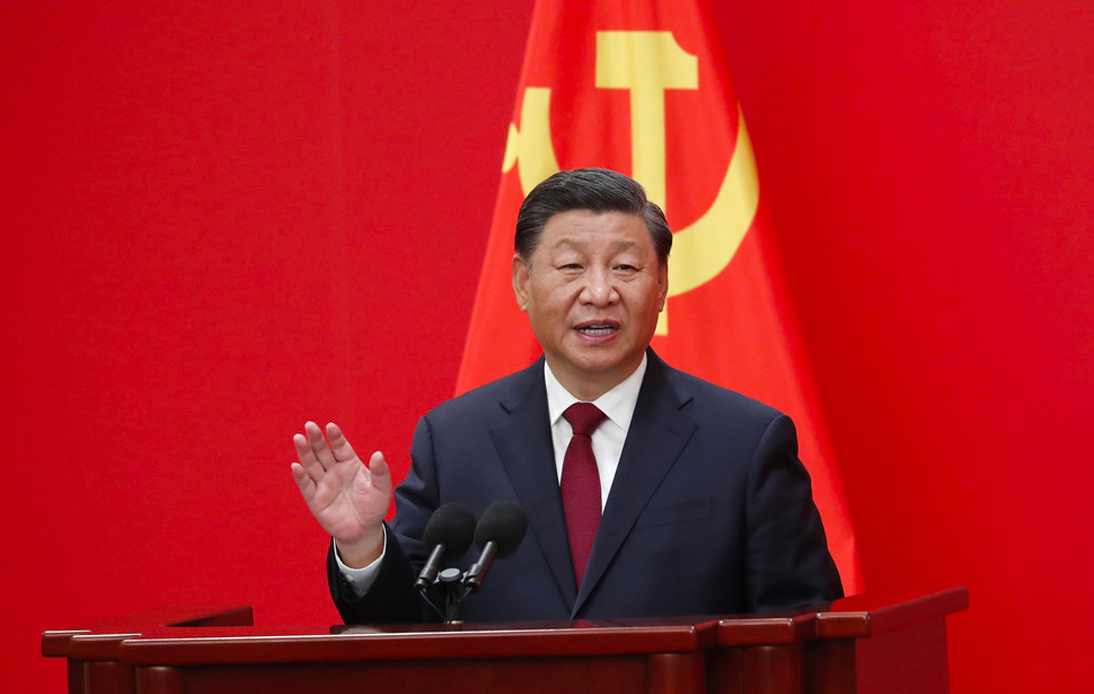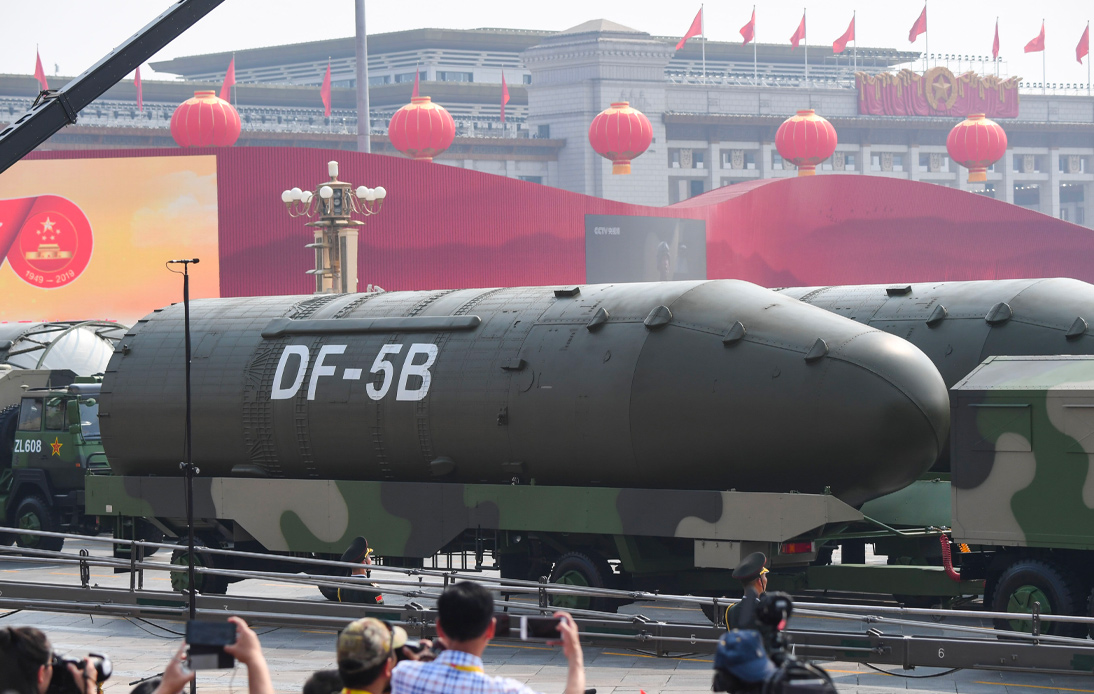
China’s nuclear arsenal has seen substantial growth over the last year, now encompassing an estimated 500 active warheads, according to US authorities.
The Pentagon’s yearly publication also highlighted that Beijing is aspiring to augment this number to over 1,000 warheads by the end of this decade.
However, the report emphasized China’s ongoing dedication to a policy of not using nuclear weapons first in any conflict.
Despite the noted expansion surpassing previous estimates, the report recognized that, in comparison, China’s nuclear capabilities are still minimal relative to those of Russia and the United States.
The Stockholm International Peace Research Institute, an independent entity, reports that Russia possesses approximately 5,889 nuclear warheads, whereas the United States maintains a cache of 5,244.
Last year, the Department of Defense had calculated that China was in possession of roughly 400 warheads.
A high-ranking US defense official, in a briefing to journalists on Thursday, clarified that while there isn’t a drastic shift from China’s expected trajectory, the current pace is likely to surpass earlier forecasts, a trend that is causing much apprehension for the United States.
President Xi Jinping has pronounced an ambition for China to establish a “world-class military” by the mid-century mark. His leadership since 2012 has been marked by efforts to bring contemporary advancements to the nation’s military forces.
The Pentagon’s Thursday publication indicated that the present emphasis on amplifying China’s nuclear capacity is likely to overshadow past efforts in both magnitude and intricacy.
According to US authorities, there’s evidence to suggest that China finalized the building of three new missile site groups in 2022.
These installations are believed to encompass over 300 new silos for Intercontinental Ballistic Missiles (ICBMs), as detailed in the report.
ICBMs are defined as ballistic missiles capable of covering distances in excess of 5,500km (approximately 3,400 miles).
The report also identified efforts within the People’s Liberation Army rocket forces to advance ICBMs capable of executing conventional strikes against locations within the continental US, including Hawaii and Alaska.
Despite these advancements, the analysis underscored China’s continued commitment to a strategy of ‘deterrence’ against an initial assault and a ‘counterstrike’ if deterrence is ineffective.
Henry Boyd, a leading expert at the Henry Boyd International Institute for Strategic Studies, mentioned to the BBC that the growth rate, while notable, doesn’t appear “extraordinarily high”.
He acknowledged, however, that China is progressing at a slightly quicker pace than previously projected toward its objective of acquiring 1,000 warheads.
Lyle Morris, a prominent expert at the Asia Society Policy Institute, indicated to the BBC that emerging technologies like hypersonic missiles are prompting China to reassess its retaliatory strike doctrine, leading to an increase in its arsenal.
The Pentagon’s report from Thursday also pointed out that Beijing has heightened its diplomatic, political, and military straining of Taiwan in recent times.
There are reports that Mr. Xi has directed his military leaders to establish the necessary prowess to seize control of Taiwan by force within the next few years.
The Pentagon report detailed ongoing efforts to unsettle the island, including multiple ballistic missile trajectories over Taiwan, augmented incursions into its airspace, and numerous military drills in adjacent waters.
These insights are disclosed at a time when diplomatic relations between China and the US are particularly strained.
The US, on Wednesday, charged Chinese pilots with executing several “forceful and hazardous” maneuvers in the vicinity of US military aircraft in international airspace over the Pacific.
Releasing videos and images of these events, the Pentagon reported a total of 180 such encounters since the fall of 2021.





















